Infrastructure monitoring tools are an invaluable part of the health, availability and performance of every organization's network environment.
Optimizing performance is an end-goal for every business, and infrastructure management tools provide real-time visibility into all your hardware and software throughout on-premise, remote and hybrid environments.
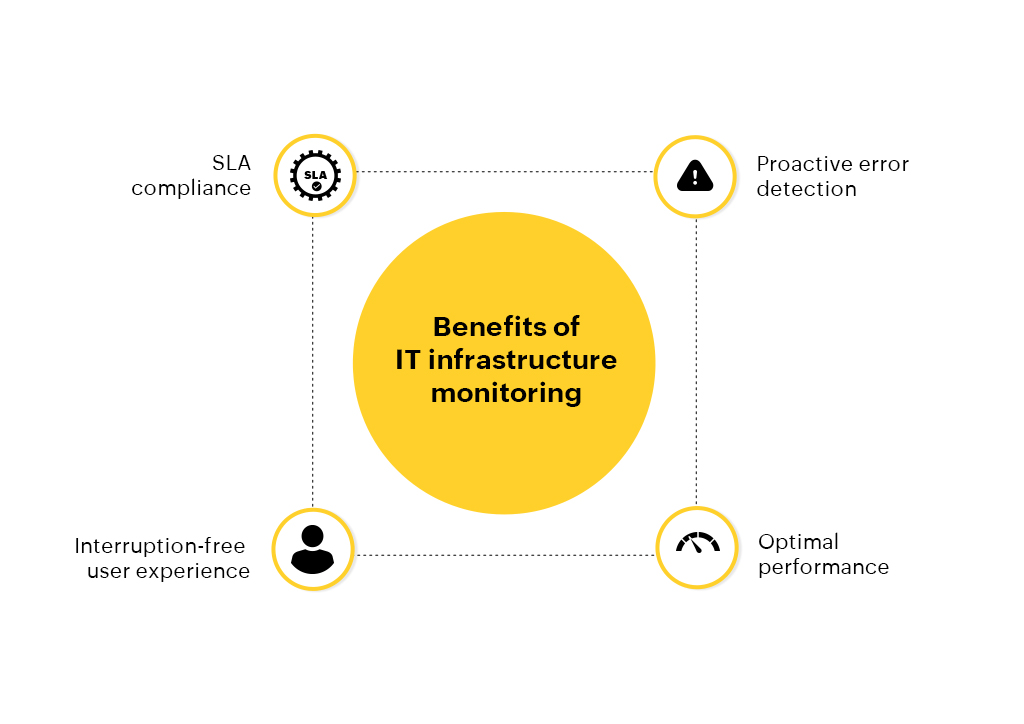
Image source: Manage Engine
Infrastructure and availability monitoring speaks to the adage 'You can't fix what you can't see', by providing full visibility into your IT environment. But it also provides an effective way to predict future problems by analyzing historical data to detect anomalies that could indicate repeated system failure.
In this article, we’ll discuss the ways in which infrastructure monitoring solutions can optimize your network performance, resource utilization and availability, and maximize uptime.
How infrastructure monitoring works
IT infrastructure monitoring tools collect health and performance data from both the cloud and traditional components of an organization's IT infrastructure. This includes operating systems, servers, databases, storage, virtual machines, network devices and the various other components in a technology stack.
The data collected, such as logs, performance metrics and events not only gives system administrators a clear picture of how a system operates, but pinpoints the infrastructure components that may be experiencing or causing issues.
IT engineers use infrastructure performance monitoring tools to see inside the entire IT ecosystem, enabling them to understand how backend problems, for example identifying performance bottlenecks, are impacting end users, and helping to prevent them from recurring.
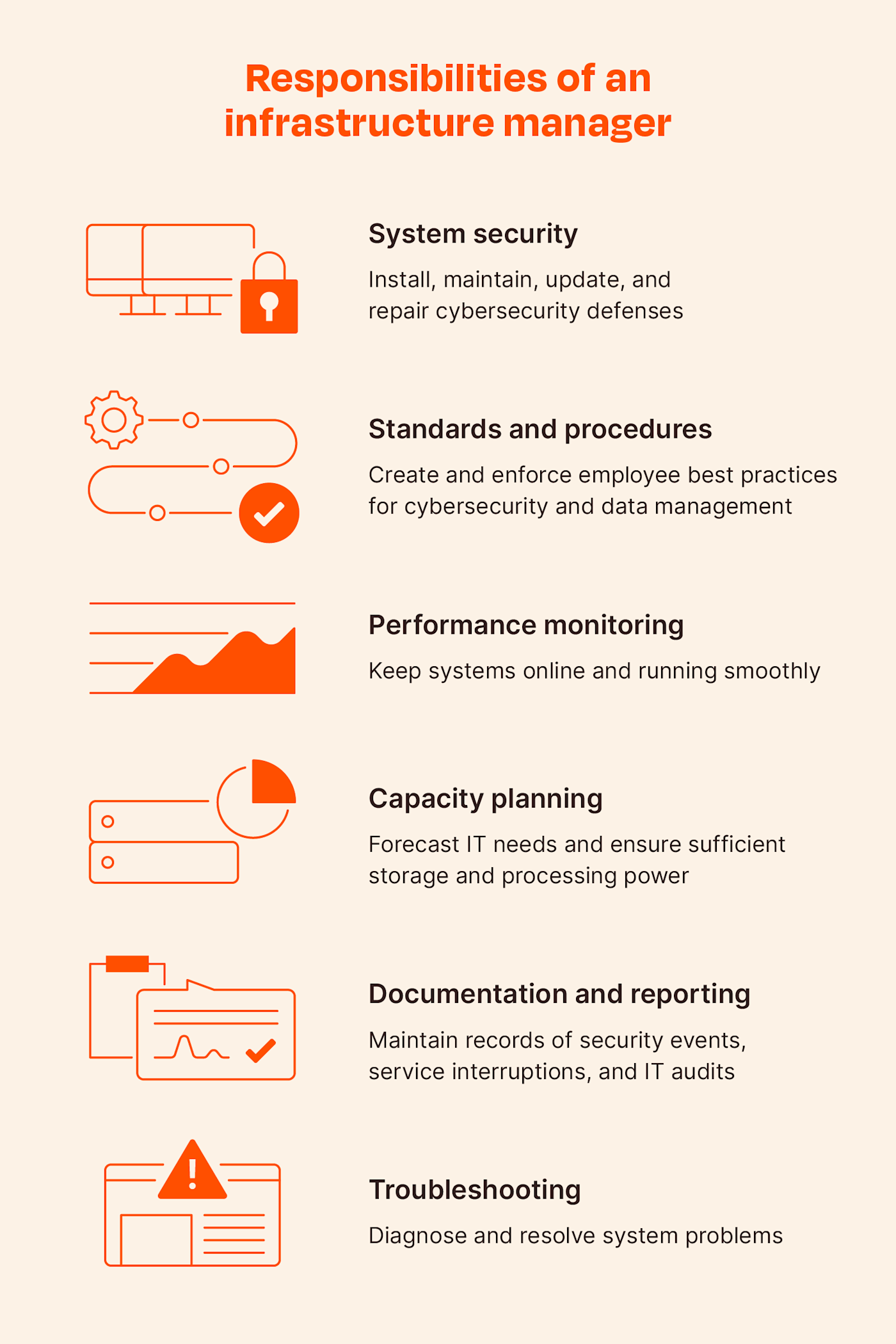
Analyzing data
After data is collected, it's analyzed using a series of tools and techniques, such as machine learning, filtering, querying, statistical analysis, and detection of anomalies. This process identifies trends and patterns, which directly relate to infrastructure health.

Alerting
When data analysis uncovers a potential problem, the monitoring system will generate an alert, via a customizable dashboard. Alerts can then be copied or sent to IT staff through multiple notification channels including SMS or email.
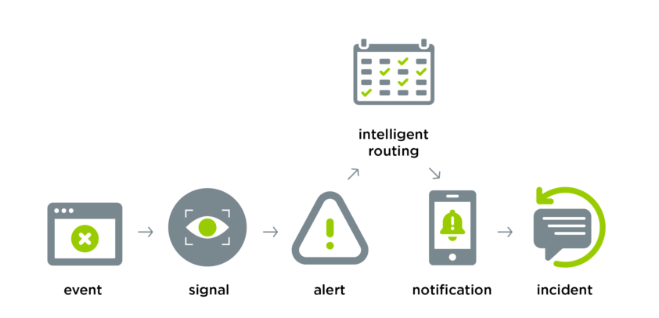
Resolution
Once they receive an alert, IT engineers can investigate the problem and take immediate steps to resolve it. Some network monitoring tools utilize automation when an alert is triggered to open or update a ticket with IT service management.
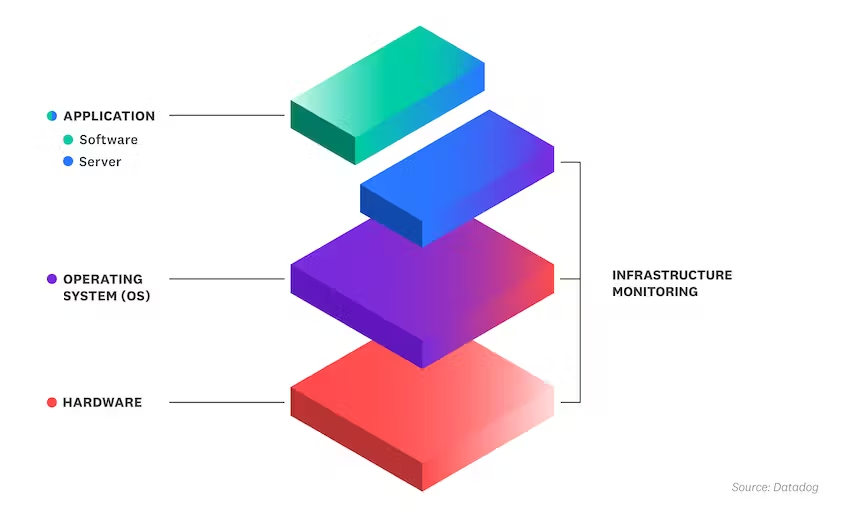
The importance of IT infrastructure monitoring tools
Ultimately, IT infrastructure monitoring tools are critical to the success of any company relying on technology and network connectivity to drive its operations.
Even small IT misconfiguration errors, DNS outages or network issues can seriously impact an organization's productivity, reducing or preventing their ability to communicate, and ultimately affecting their bottom line.
Optimizing uptime
An IT infrastructure monitoring solution is a proactive way to optimize uptime and maintain peak performance by combining infrastructure monitoring with application performance monitoring, log management and digital experience monitoring.
This provides everything that Dev and Ops teams need to understand and resolve performance issues across any layer of the IT infrastructure.
Optimizing IT resources
Monitoring tools are also important because they help organizations optimize their IT resources by pinpointing areas where resources can be consolidated or repurposed.
Through comprehensive visibility into the way IT systems are being used, organizations can make informed decisions about how to allocate resources to maximize their effectiveness.
Optimizing a network's performance and availability
Customizable dashboards enable organizations to keep track of infrastructure elements and key metrics such as server uptime, network traffic, and application performance in real time. Faster anomaly detection makes it easier to take corrective action before it impacts users.
Additionally, when information is displayed on a dashboard, it gives comprehensive insights into system usage and resource consumption. This allows organizations to optimize their network infrastructure and systems for optimal performance.
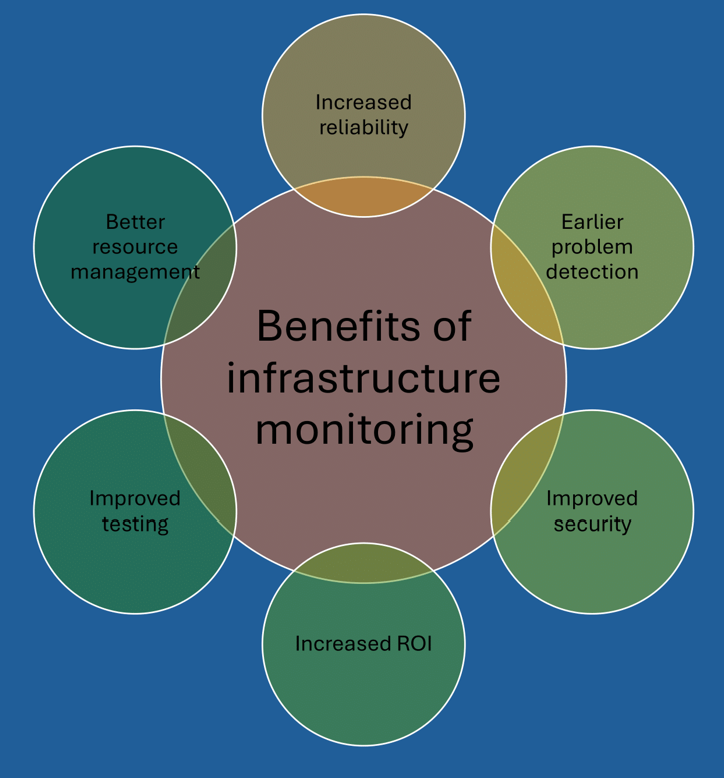
Challenges of IT infrastructure monitoring
Enterprise organizations face some challenges with infrastructure monitoring due to the increasing complexity of technology.
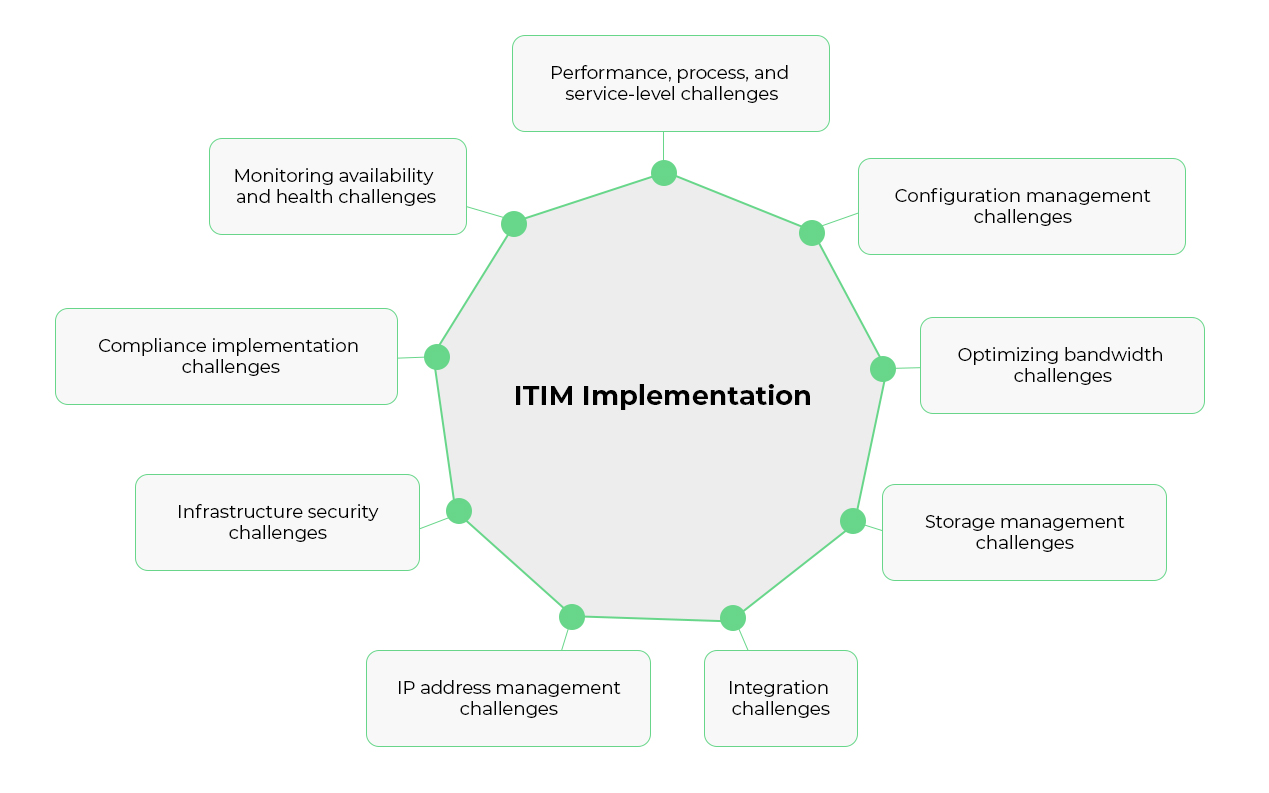
Some of these challenges include:
Choosing the right tools
Many enterprise organizations deploy a series of tools for various purposes, such as server monitoring, storage management, log monitoring, device and bandwidth monitoring etc. With each of these tools having separate dashboards, it's difficult to have a clear view of what exactly is running where.
Solution: Tools like IR Collaborate provide solutions for multiple use cases, allowing you to seamlessly collate data from multiple sources and bring them into one unified dashboard.
Expanding IT infrastructure
The rise of remote working has changed the dynamic of most organizations' entire infrastructure. Today's technology allows for rapid growth and expansion, calling for an increase in the number of devices, apps, programs and networks that need to be monitored.
Solution: The scalable infrastructure monitoring capabilities of IR Collaborate can track and monitor end-to-end services even as your business grows, and compile all the data from different sources into a single dashboard.
Insufficient reporting capabilities
To gain a broader and deeper view into network performance, enterprise organizations, particularly those in a high-growth market, need advanced reporting solutions to view KPIs and metrics that form the basis for SLAs.
Solution: IR Collaborate's in depth monitoring tools enable users to regularly track trends through analysis, providing reports that give a true picture of their network’s health, performance and growth - regardless of geographic diversity and size of an organization
IR Collaborate: An all-in-one infrastructure monitoring tool
To ensure your infrastructure is running effectively, and the business-critical systems you rely on every day are functioning as they should, there are certain not-negotiables that you need from your infrastructure monitoring tools.
The IR Collaborate suite of monitoring and performance management software enables users to streamline IT processes and operations easily.
An all-in-one monitoring platform
Broad multi-vendor coverage and user-friendly interface means you get real time visibility across distributed systems from customizable dashboards and single displays.
Root cause analysis
Quickly drill down into the root-cause of issues to minimize downtime, and lessen the impact to your operations.
On-premise, cloud or hybrid
IR Collaborate's versatile tools can be deployed in the cloud, on premises or in hybrid systems to suit your enterprise unified communications needs.
Multi-vendor support
IR Collaborate supports products from a variety of different vendors, and includes monitoring servers, mobile devices, routers, switches, storage devices, and applications, providing a centralized picture of your IT infrastructure.
Detailed analytics and reporting
IR Collaborate's detailed analytics capabilities provide deep visibility into system performance as well as the ability to generate reports on the performance and health of IT components, including historical data and trends.
Security
IR Collaborate's advanced security features include access control and encryption to ensure that your organization's sensitive data is always protected.
User experience, real time monitoring
With many organizations adopting a remote or hybrid working culture, it's more important than ever to monitor user experience. Through remote monitoring, IR Collaborate can pinpoint exactly which users are experiencing issues, and where they're located, making problem resolution faster and minimizing downtime.
Find out how to optimize your Unified Communications environment with IR Collaborate's monitoring and performance management solutions






